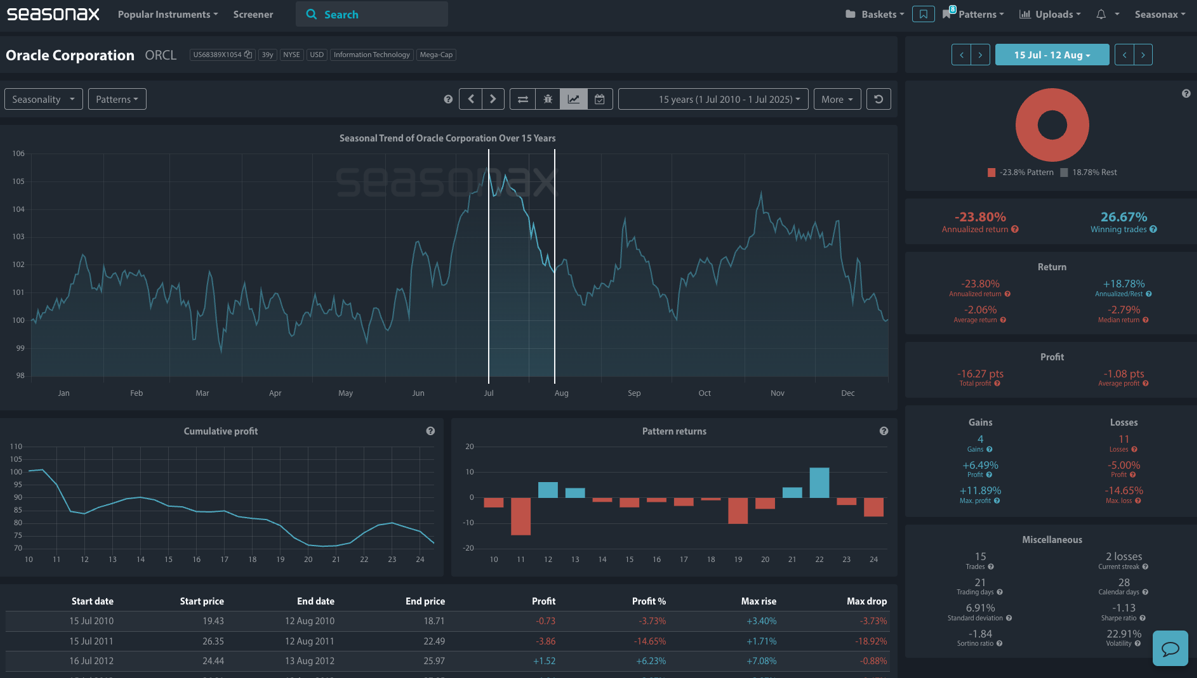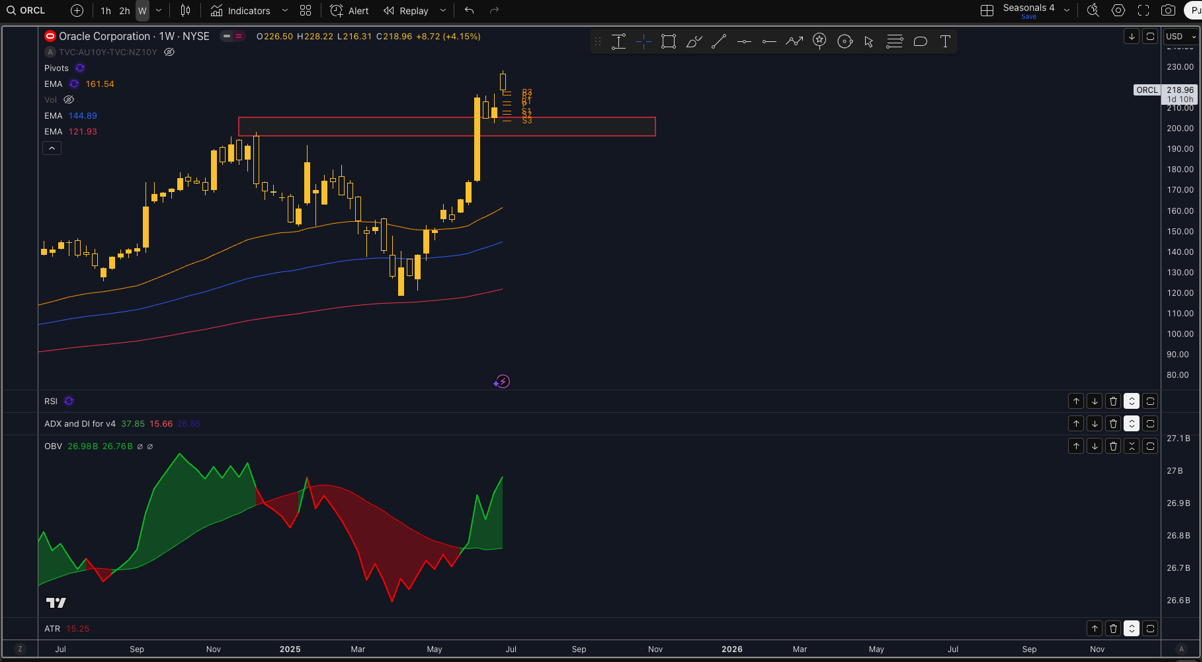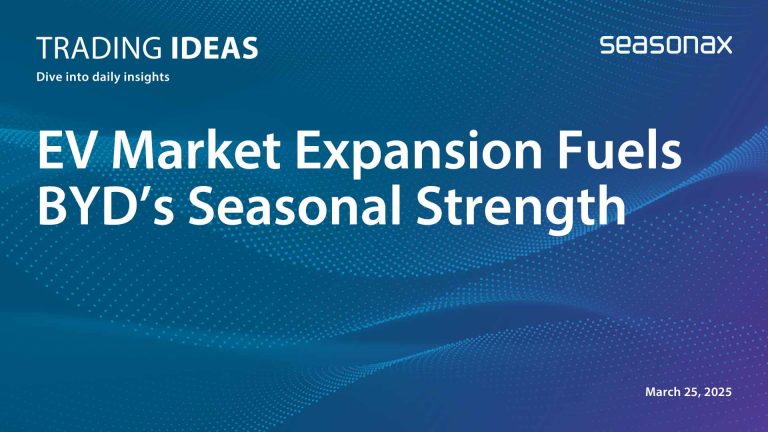- Instrument: Oracle Corporation (ORCL)
- Timeframe: July 15 – August 12
- Average Pattern Move: –2.06%
- Winning Percentage: 26.67%
Dear Investor,
You may not realize it, but Oracle enters one of its most historically challenging seasonal periods just as the company delivers record-breaking news. Over the past 15 years, Oracle shares have fallen an average of –2.06% between July 15 and August 12, with a win rate of just 26.67% and an annualized return of –23.80%.
The data is striking:
- 11 out of 15 trades closed lower
- Max loss during this window: –14.65%
- Sharpe ratio: –1.13
- Sortino ratio: –1.84
The cumulative profit curve reveals a persistent dip in mid-summer, a stretch where tech stocks often underperform and investors begin rotating capital out of high-flyers. But here’s the question: should seasonal weakness in Oracle be bought this time around? Is this a dip buying opportunity?

A $30 Billion Inflection Point?
On the fundamental side, Oracle just signed a $30 billion cloud deal, representing nearly three times its current cloud infrastructure business — one of the largest single cloud contracts on record. CEO Safra Catz confirmed a strong start to FY2026, with more large agreements underway and database cloud growth exceeding 100%.
The stock rallied over 8% intraday on the news, printing fresh all-time highs and pushing its year-to-date gain to 26%. It’s also gained traction in AI-related infrastructure deals and remains a core partner for OpenAI.
Technical Perspective: $200 Support in Focus
Despite its breakout, Oracle may be due for a seasonal consolidation — and there’s clear technical structure to watch:
- The $200 region marks the prior breakout zone and now serves as strong daily support.
- Weekly OBV (On-Balance Volume) continues to climb, indicating ongoing accumulation, not distribution.
- The stock remains above key EMAs on multiple timeframes, suggesting trend strength remains intact.
If seasonal softness materializes, this zone could offer a high-conviction dip-buying opportunity for long-term bulls.

Trade Risks
- A failure to hold the $200 support zone could trigger deeper pullbacks . Broader Nasdaq weakness or a rotation out of large-cap tech may weigh on Oracle and any delay in recognizing revenue from the new cloud contracts may shift near-term sentiment.
Use Seasonax for your professional handling of market-moving events!
Don’t just trade it — Seasonax it.


